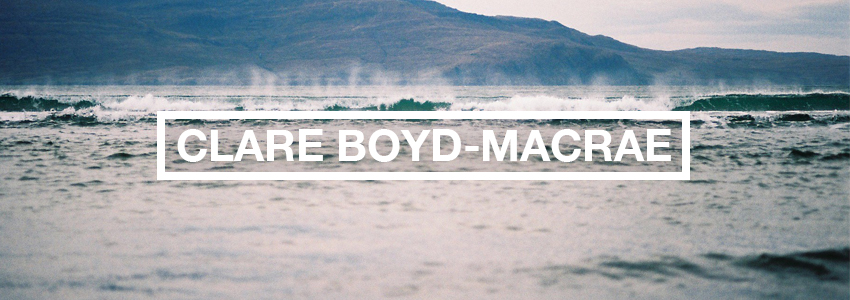A reflection, on the eve of my 56th birthday
 Thursday, March 19, 2015 at 11:57PM
Thursday, March 19, 2015 at 11:57PM It’s only when you stop worrying so much about what other people think, that you finally start doing your best work. I read this somewhere and wonder if I am getting to this point.
I will always worry what others think of me and yearn, as a writer, for more publication. But it matters less than it used to.
I am at a stage in life where things are starting to fall into place. I am such a slow learner that it has taken me five and a half decades to discover things I suspect my kids already know. That I am loved, for example. That, despite all the stuff ups and one step forward, two steps back that will continue all my life, I am a worthwhile person. That I can relax. That I am already doing what I am meant to be doing.
I suspect that learning these life lessons – that we are loved, that we are worthwhile, that all the gifts and graces we need to do whatever it is we are supposed to be doing are already there inside us – takes many people many years. There are some who seem at home in themselves and in the world at a remarkably young age, but for most of us, stumbling along and doing the best we can, there are no short cuts; some things only come with age.
And practice. Another thing I read somewhere is that a writer has to produce a million words before they really hit their straps. I did a rough calculation on the back of an envelope this morning – 20 years of writing around 1500 words a week would give me a million and a half. Certainly, I have become aware recently of a new playfulness in my writing, of less earnestness, less trying to write something perfect first time.
It’s the same with other major things in my life. In my job, where I have now been for so long that I am almost due long service leave (who would have thought?!)I am finally feeling confident, trusting myself to do things right and not beating myself up when I forget stuff.
Family. It’s partly that I have more time and energy now that I don’t have four little kids to tend, but even with the dramas that inevitably occur in a group of six, plus partners, I have relaxed into the relationships, calm in the knowledge that there is enough goodwill in the bank, indeed a vast reservoir of love that will carry us through tension or conflict. With my ‘significant other’, I have finally started to believe that he is happy to be with me in all the precious mundanity that makes up the bulk of most lives.
This comes from years of working alongside people – both physically and emotionally. Years of sleeping side by side and holding the kids, being at the end of a phone when they need to talk, being bored together and vacuuming and cooking interminably and going to work when you don’t always feel like it. Keeping healthy and filling out paperwork and traipsing to the supermarket when you can hardly bear the thought of having to think of something to cook, nurturing friendships and caring for parents getting older, walking the dog and cleaning the toilet.
It all sounds so unglamorous. And of course there is a wealth of glamour moments in life – magic holidays, intense romance and dinners to die for. Sunsets you really notice, occasions when the whole family is together and laughing and tender, good deaths, and times in church when the numinous feels powerfully present.
But as I turn 56 – heading inexorably for sixty and, sooner or later, death – when I am looking back over life, what makes me most grateful is the steady joy of daily life that I have arrived at through the ordinary days and ordinary tasks, mounting up to fill this ocean of contentment, which seems a pretty dull word but for me means a deep, vibrant, purring thing.
I really want to keep living – to capitalize on this mid life contentment, this feeling of being at home in my own skin, in the heart of my family, in my husband’s arms, in the stillness of communion with the divine, belting out another few hundred words on my laptop. But if I have to die tomorrow, I am grateful to have experienced this sense of being at home in the world.
 Clare |
Clare |  4 Comments |
4 Comments | 